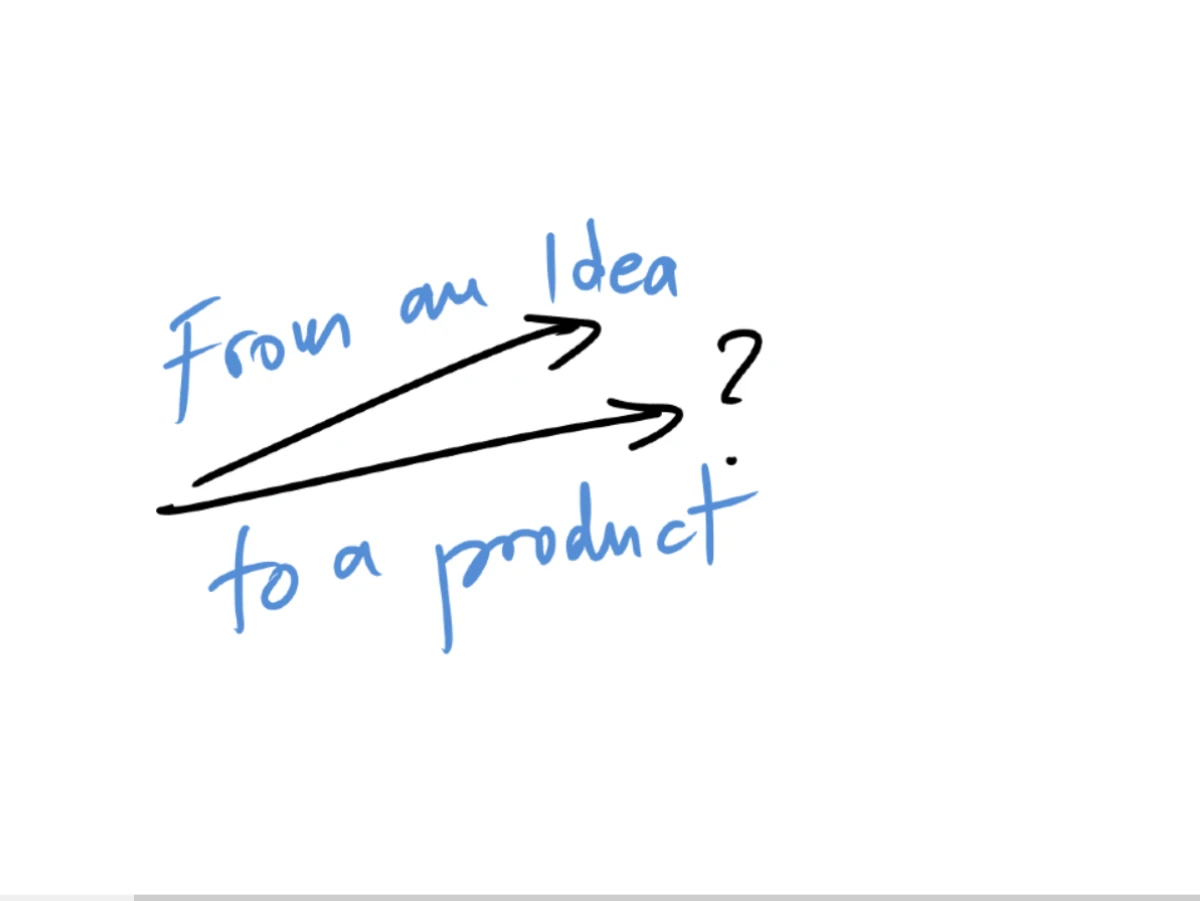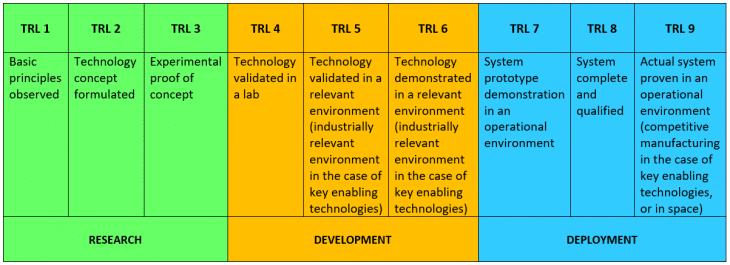What are Technology Readiness Levels?

Technology Readiness Levels (TRL) are defined by NASA as
a type of measurement system used to assess the maturity level of a particular technology.
Effectively, TRL is a system that monitors the full cycle from an idea to an end-product sold on the market.
TRL system has been used extensively by the European Commission (EC) since 2014 as part of the Horizon 2020 framework program.
The new EU Framework Programme for Research and Innovation Horizon Europe's Work Programme 2021-2022 specifies that some call conditions may require a Technology Readiness Level. When that is the case, the following definitions apply, unless otherwise specified:

Understanding Technology Readiness Levels
Understanding the above scale is critically important. In particular for applicants who wish to submit technology-focused project proposals under Horizon Europe.
As a rule of thumb, the higher the TRL requested by a funding agency, the more mature solution has to be at the moment. As an illustration, some EIT calls published on this website request TRL 4 to 6.
Technology Readiness Level 1 indicates fundamental research about an idea.
TRL 2 to 4 is a technological research phase, TRL 5 to 8 product demonstration, while TRL 9 is the actual production.
Public funds support applied research and partly technology development, mainly until TRL 7.
Agile small businesses tend to step in to experiment with new technologies between TRL 3 and 7. More conservative large businesses show interest to invest heavily after technology validation.
The phases of applied research between proof of concept and demonstrated technology are the most sensitive. The chances of developing commercially viable products are relatively slim, while investment needs are pretty high.
In addition, a mismatch between suitable tools, skills and approaches makes things even more complex. Therefore, bridging this 'Valley of Death' in technology development without public funding such as Horizon Europe is almost impossible.
Check out some interesting examples that illustrate TRL in real life.
